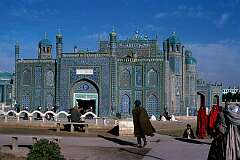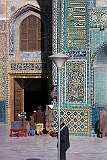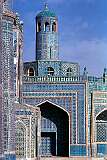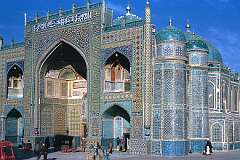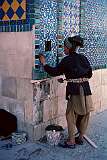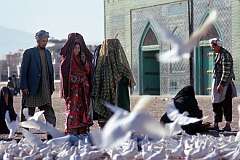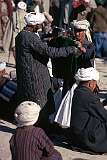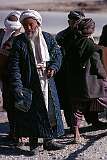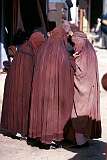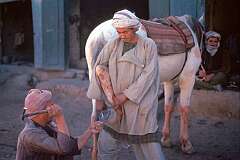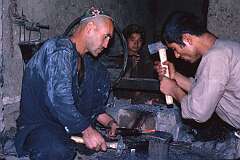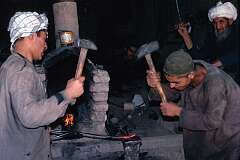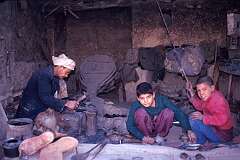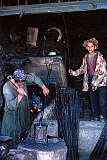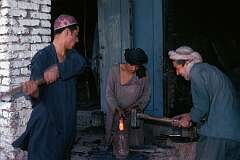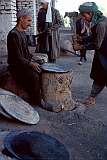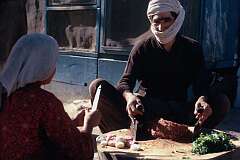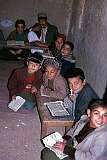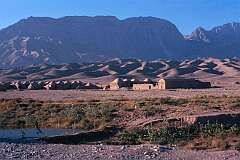Mazar-e-Sharif, northern Afghanistan
11-12 November 1973
Mazar-e-Sharif is the capital of Balkh province and Afghanistan’s fourth-largest city with a population of about 380,000. Its name means “Noble Shrine”, a reference to the large, blue-tiled sanctuary and mosque in the centre of the city, known as the Shrine of Hazrat Ali or the Blue Mosque. Some Muslims believe that this is the site of the tomb of Ali ibn Abi Talib, the cousin and son-in-law of the Prophet Muhammad, the Fourth Caliph of Islam. Ali was assassinated in 661 and buried near Baghdad, but his followers, who feared his grave could be desecrated, took him to the present site where they built a shrine in 1136. This shrine was destroyed by Genghis Khan but rebuilt in 1481 during the reign of the Timurid Sultan Hussain Baiqara. The original decorations are long since lost, but recent repairs have restored it to its former glory, and it is one of the most magnificent examples of Islamic architecture. Mazar is therefore considered a sacred city and a place of pilgrimage, especially on Naw Ruz, the Muslim New Year. Family members of Emir Dost Muhammad Khan who reigned from 1826-1863 are also buried here, including his son Mohammad Akbar Khan, who was of significant influence during the First Anglo-Afghan War (1838-1842).





